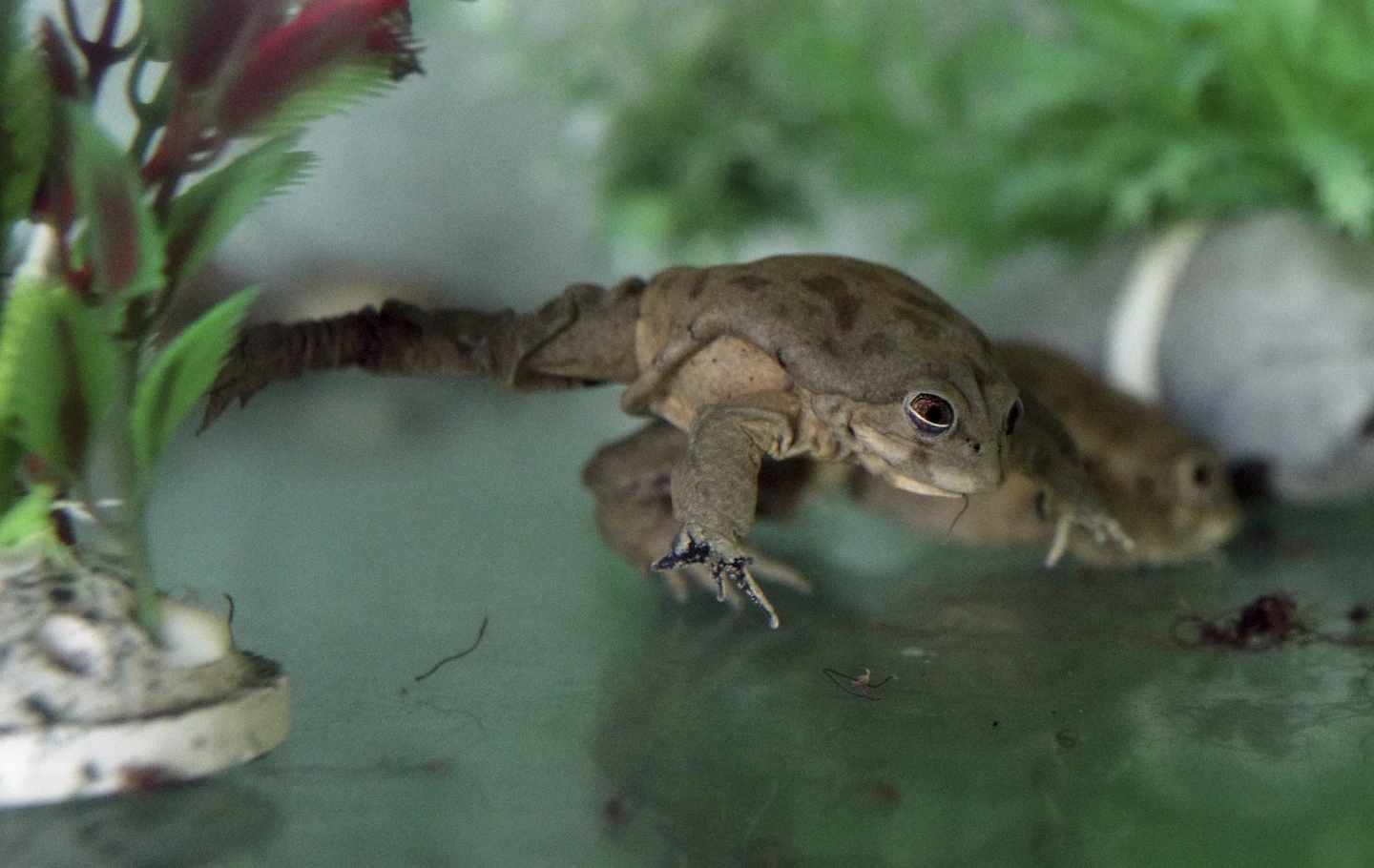Number of endangered species increased by 2,000 per year
- December 12, 2023
- 0
Animal and plant species around the world are under huge pressure, experts have warned. And wherever we look, the number of those in danger of extinction will increase.
Animal and plant species around the world are under huge pressure, experts have warned. And wherever we look, the number of those in danger of extinction will increase.

Animal and plant species around the world are under huge pressure, experts have warned. And wherever we look, the number of those in danger of extinction will increase. The International Union for Conservation of Nature announced that the Red List has been updated at the 28th Conference of the Parties to the UN Framework Convention on Climate Change (COP28) held in Dubai these days. There are currently 157,190 species, of which 44,016 are listed as threatened; This represents an increase of approximately 2,000 species compared to 2022.
“Climate change threatens the diversity of life on our planet and undermines nature’s ability to meet basic human needs. <…> Species decline is an example of the chaos caused by climate change. We can stop this with urgent and ambitious action to keep global warming to 1.5 degrees Celsius [порівняно з доіндустріальним періодом]- said Gretel Aguilar, Director General of the International Union for Conservation of Nature (IUCN).
The updated list included the first comprehensive assessment of the status of freshwater fish species. Experts estimate that 25% of them (3,086 out of 14,898) are endangered. At least 17% of these species are harmed by rising World Ocean levels and movement of seawater into rivers due to climate change; 57% — due to environmental pollution; 45% — due to dam construction and water intake; 25% — due to overfishing; 33% — due to invasive species and diseases.
As an example, IUCN staff cited a big-toothed lake robber (Brycinus ferox) is native to Lake Turkana in northern Kenya, the fourth largest and saltiest lake in Africa. On the Red List, this species was transferred from the category of “Least Concern” to the category of “Vulnerable” due to overfishing, environmental degradation and the emergence of dams limiting freshwater flows.
Atlantic salmon (salmo salary), in turn, moved from the “Least Dangerous” group to the “Endangered” group. From 2006 to 2020, its global population decreased by 23%. Now this species of salmon lives only in a small part of the rivers in Northern Europe and North America, where it lived a century ago.
This is because many threats arise during long-distance migrations, including dams, water pollution, and the spread of invasive species, including the Pacific Grayling. Meanwhile, salmon on farms are dying from salmon lice (Lepeophtheirus Salmonis).
Green turtle populations (Chelonia mydas) were considered endangered and vulnerable in the southern and eastern Pacific Ocean, respectively. Rising temperatures are causing hatchlings to fail, and rising sea levels are threatening to flood nests, experts said. Seagrass and algae, the main food of green turtles, react sharply to warming water and other changes in the environment.
But the real cause of death Chelonia mydas in specified areas – bycatch (or bycatch) in industrial and artisanal fisheries. Experts also described the use of green turtles and eggs as food, that is, people collecting them for themselves or selling them in markets, as another factor.
Also of particular concern are frogs, salamanders, and other amphibians (about 41% of these species are threatened), as well as sharks, rays, and chimeras (37%).
Not only animals but also plants were affected. For example, the shine of large leaves ( Swietenia macrophyla ) is one of the most commercially demanded trees in the world. The compilers of the Red List transferred the list from the vulnerable group to the endangered category. In the last 180 years this number Swietenia macrophyla There has been a decline of at least 60% in Central and South America due to the irrational harvesting of wood from the wild as well as the encroachment of tropical forests by agriculture and humans. Polished maple is still popular in the USA, Western Europe and China as a material for the production of high-quality furniture, veneer, decorative elements and musical instruments.
Of course, it was not without positive changes. Pala-Oryx (oryx) – one of four modern hornbill species native to Africa – has been moved from “Extinct in the Wild” to “Endangered”. This antelope species was once common in the Sahel region of Africa, but by the late 1990s it had disappeared from the wild due to poaching and severe droughts.
Thanks to active international cooperation and the support of local authorities, the scimitar antelope began to breed again; This is the fourth large mammal successfully returned to the wild in the last 100 years. At least 140 adults live freely in the Wadi Rime-Wadi Achim reserve in Chad, and 331 calves have been born there by 2021. But the survival of the species still depends on the constant fight against poachers. We must also not forget the threats from climate change in the Sahel.
“Climate crises and biodiversity are two sides of the same coin. On the one hand, climate change is one of the causes of the documented decline of animal, fungal and plant populations, and on the other hand, the resilience of nature, the restoration and renewal of species and ecosystems, is our strongest ally in the fight. Chairman of the IUCN Species Survival Commission “We are fighting against the release of greenhouse gases into the atmosphere,” said John Paul Rodriguez.
Source: Port Altele
As an experienced journalist and author, Mary has been reporting on the latest news and trends for over 5 years. With a passion for uncovering the stories behind the headlines, Mary has earned a reputation as a trusted voice in the world of journalism. Her writing style is insightful, engaging and thought-provoking, as she takes a deep dive into the most pressing issues of our time.